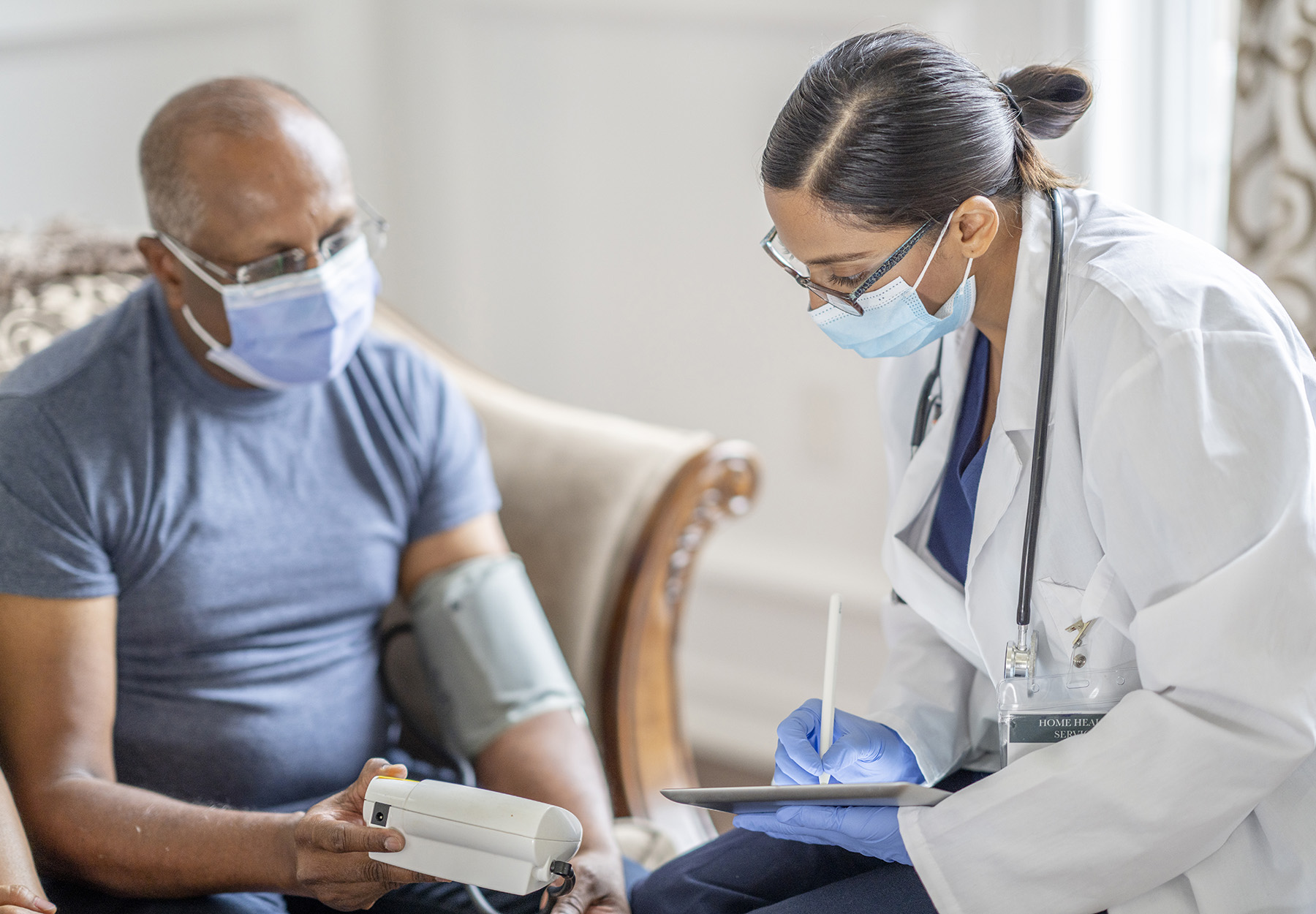Want Breakthrough Device Designation? You’ll Need to Consider Health Equity
In draft guidance, the FDA is proposing that medical device makers will need to consider how accessible their products are to underserved populations.

Subscribe to Clinical Diagnostics Insider to view
Start a Free Trial for immediate access to this article